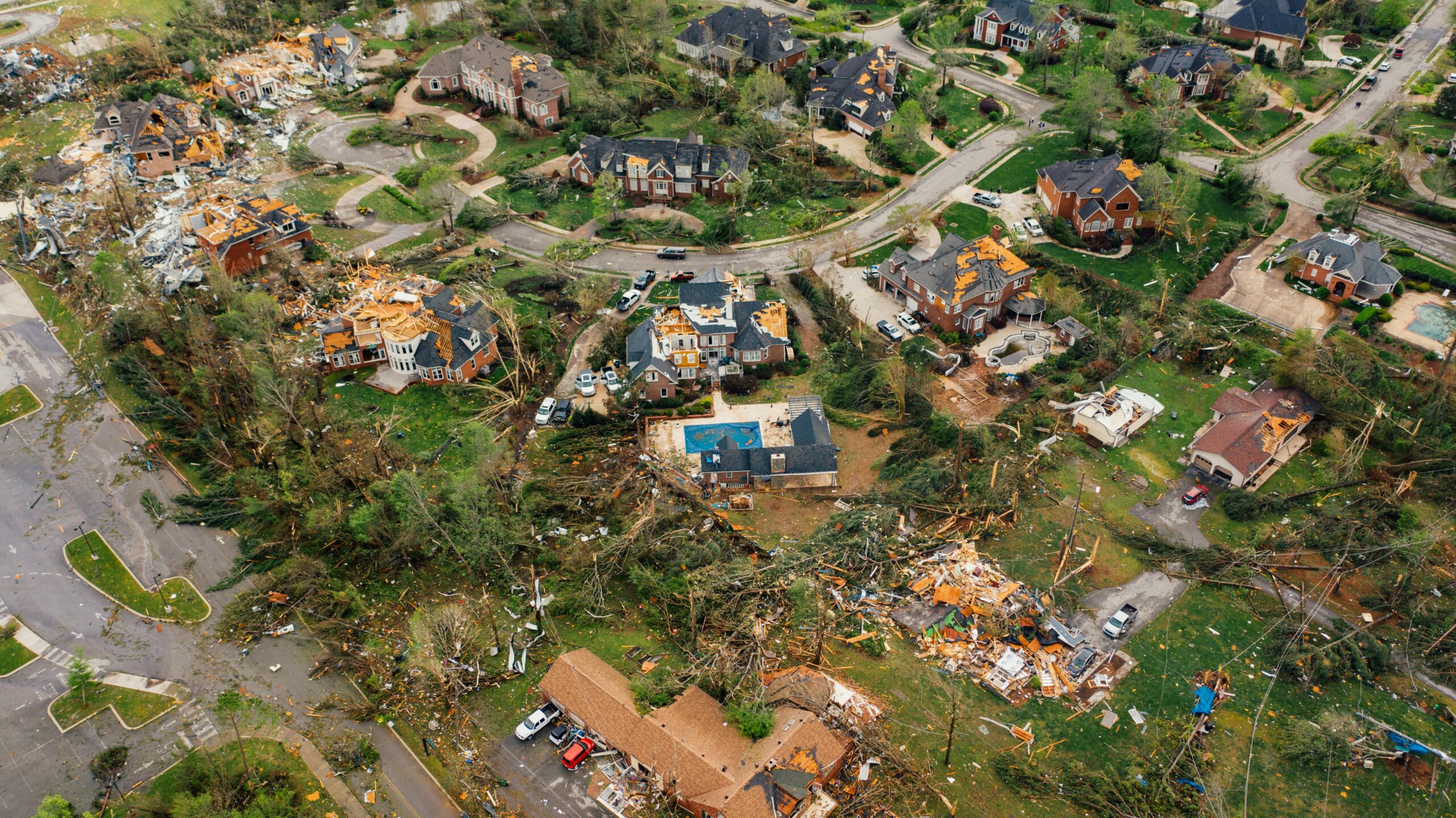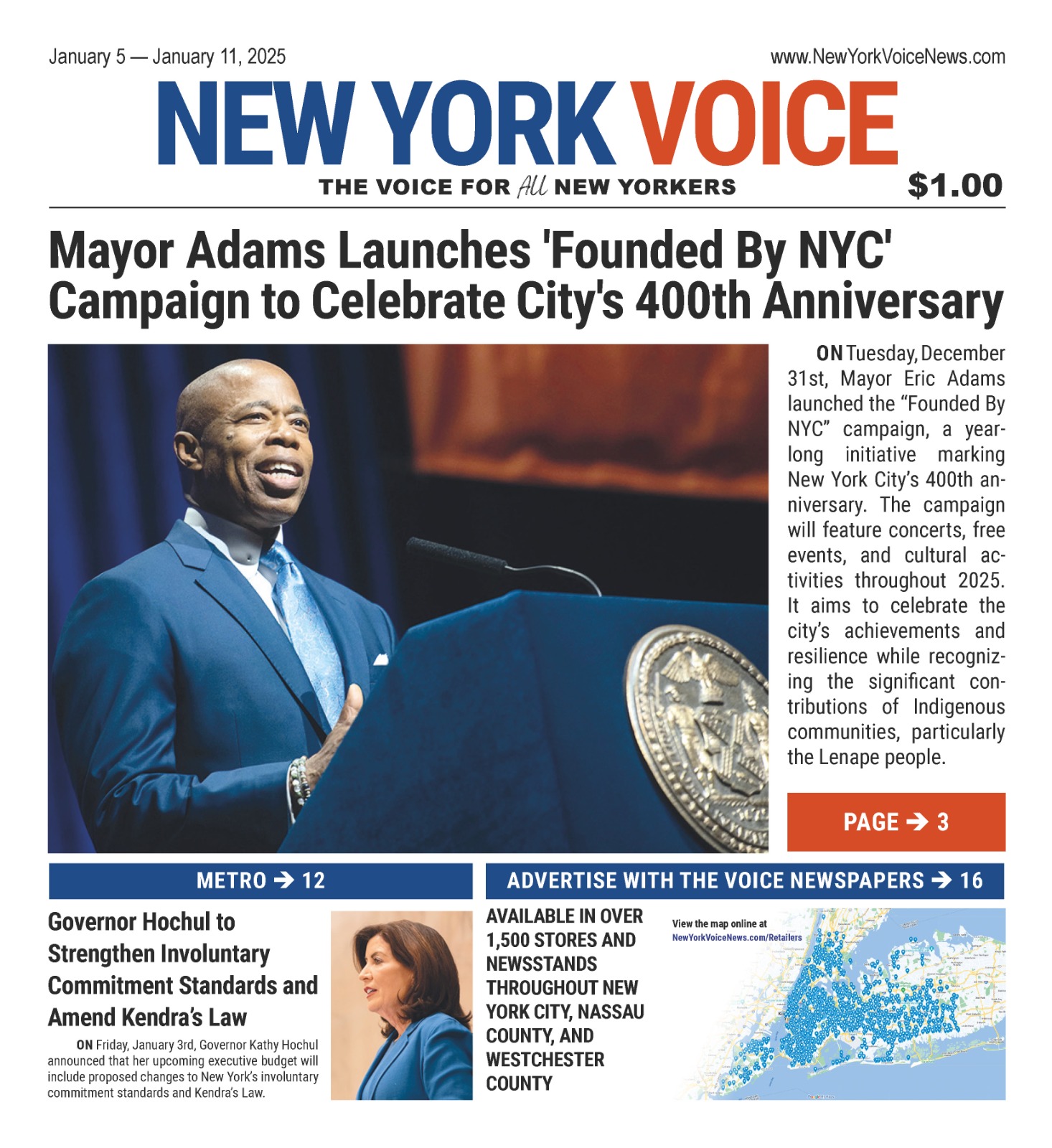Hurricane Milton made landfall in Florida near Siesta Key as a Category 3 storm on Wednesday, October 9th, causing widespread destruction and leaving at least ten people dead. The storm initially intensified to Category 5 over the Gulf of Mexico but weakened before hitting the state. Despite this, the impact was devastating, with more than 3 million homes and businesses losing power. Local officials have reported dozens of homes destroyed, and widespread flooding continues to threaten communities in the storm’s path.
Governor Ron DeSantis confirmed that at least 19 tornadoes were spawned by the storm, adding to the destruction across central Florida. Emergency teams are working around the clock to rescue residents stranded in the hardest-hit coastal areas, including Siesta Key and St. Petersburg. More than 6,500 soldiers have been deployed to assist with rescue operations. Debris blocking bridges and roads has made it difficult to reach certain areas, further complicating efforts to restore services and power.
The storm follows closely behind Hurricane Helene, which devastated parts of the southeastern United States just two weeks earlier. Residents in areas already battered by Helene have been forced to evacuate once again, with many seeking refuge in emergency shelters set up across the state. The National Hurricane Center continues to warn of potential flash flooding and dangerous storm surges along Florida’s northeastern coast as rivers and creeks rise from the heavy rainfall.
As Milton moves into the Atlantic Ocean, Florida officials are beginning damage assessments. St. Petersburg and Tampa Bay were particularly hard hit, with major infrastructure damage, including the collapse of cranes and a large hole in the Tampa Bay Times headquarters caused by the storm. Power restoration efforts are ongoing, but it may take days or even weeks for full recovery in some areas.
President Joe Biden urged Floridians to continue sheltering in place and avoid venturing onto roads until local authorities declare it safe. Former President Donald Trump also released a video statement, promising that help would be on the way soon and urging resilience in the face of disaster. Both leaders emphasized the importance of supporting those affected by the storm.
Climate experts are pointing to Hurricane Milton as another example of how global warming is increasing the frequency and intensity of storms. Warmer sea temperatures fueled Milton’s rapid intensification, changing from a category 1 storm to a category 5 within a 24-hour period, raising concerns about the future of hurricane activity. While Florida continues to grapple with recovery, the broader implications of these powerful storms are sparking renewed discussions about climate change and disaster preparedness.










